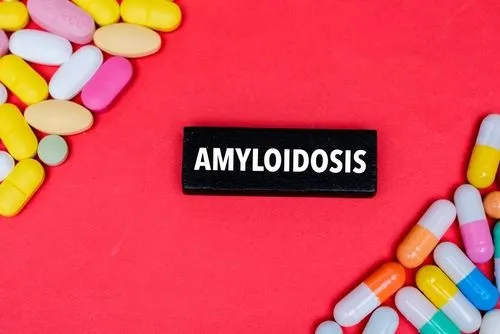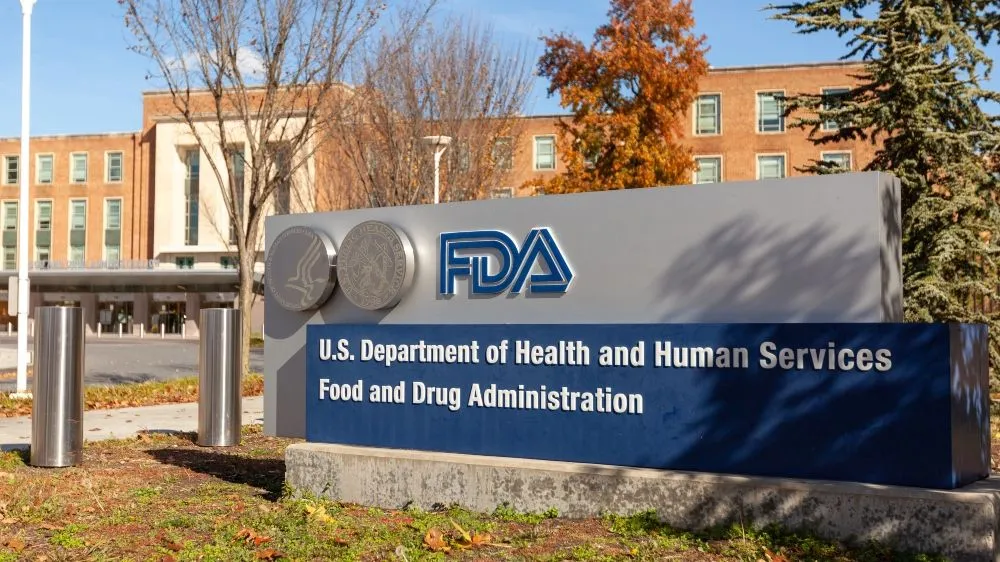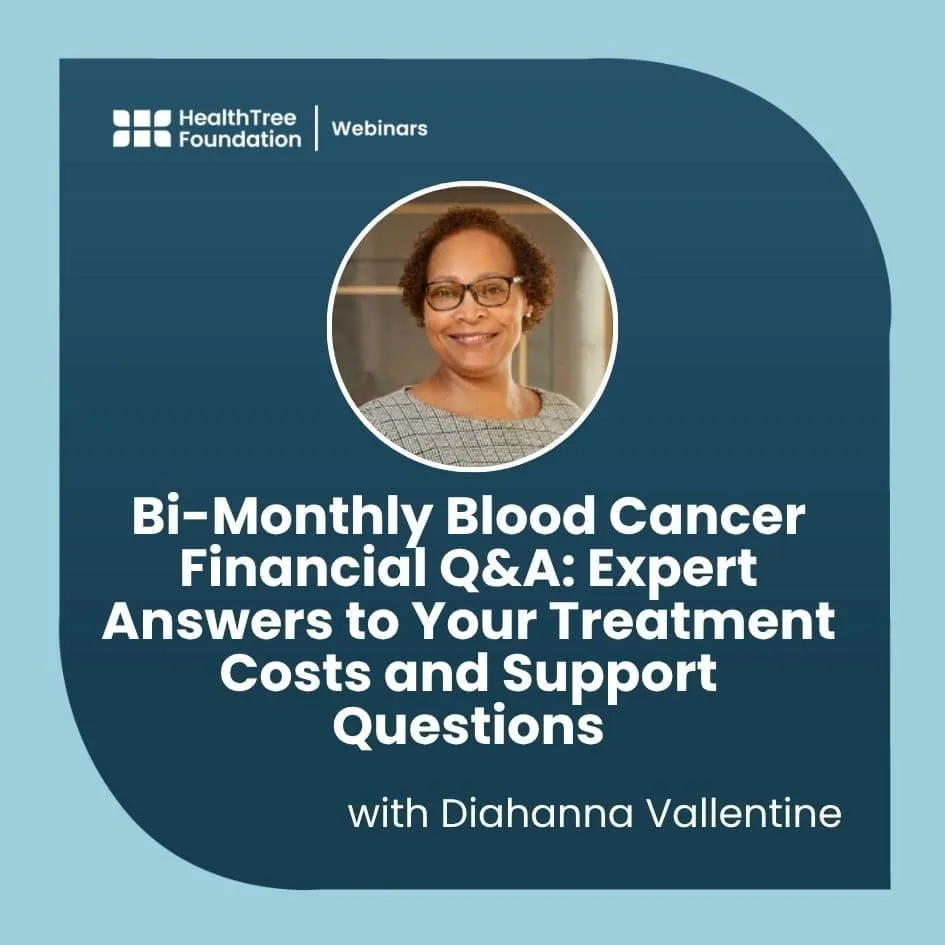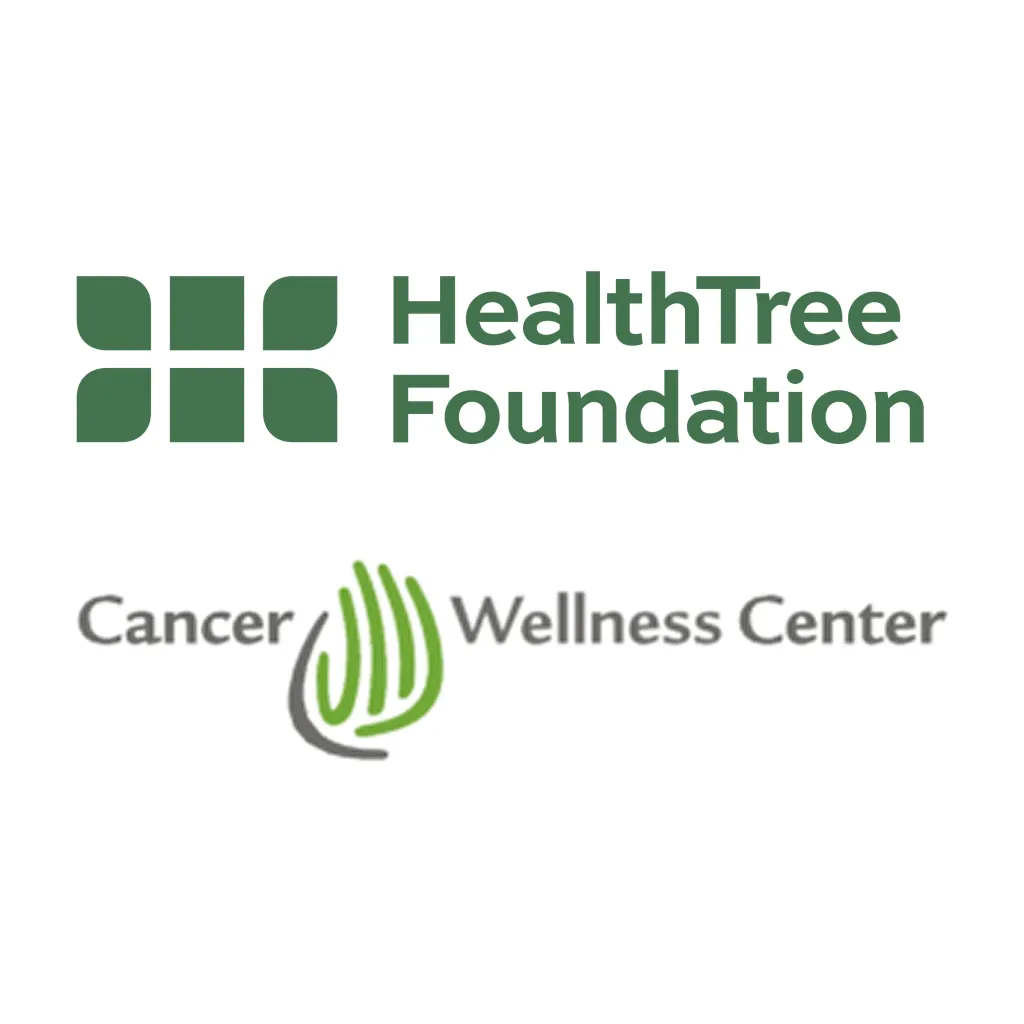Key points on Cure vs. Control in multiple myeloma

is on my mind. Below are multiple myeloma clinical FACTS that are KEY points doctors are hearing and that you may wish to know as well: The following key points were developed from a discussion by Drs. Kumar, Bergsagel, and van Rhee comparing and contrasting the curative versus disease control approaches in terms of myeloma therapy selection, including the rationale underlying these clinical approaches. 1. Multiple myeloma patient survival has nearly tripled in a little more than the past decade, and this has been attributed to all of the following:
- New therapies and more uniform use of transplant
- Better supportive care guidelines
- Possibly stage migration as patients are being treated slightly earlier in their course of disease
- However, of interest both to the community practitioner and clinical/pre-clinical researchers is the existence of a small percentage of patients that, retrospectively, do appear to be operationally cured
- There is clinical evidence of a cure fraction, a small number of patients who are operationally cured, and this was true even before the era of novel therapies
- It is hoped that the percentage of patients with an operational cure will increase with novel therapies
- Of importance, there are no reliable tools to predict which patients can be told with a reasonable probability that they can be cured; it is not until they have lived with stable disease for 10 or more years that it is apparent that the patient has achieved an “operational cure”
- The definition of an operational cure has not been universally adopted nor have the validated clinical tools that should be used to assess it though experts have reached a consensus
- Minimal residual disease (MRD) negativity: the most sensitive tests to assess MRD should be used: currently multi-color flow cytometry and/or next-generation sequencing
- Patients that are operationally cured should have absence of disease for a prolonged period of time or small amounts of residual disease that do not lead to symptoms
- The challenge is that patients who gain the most important benefit of an operational cure, namely long-term survival without disease progression and absence of symptoms, may still have detectable minimal residual disease (MRD positive) but it behaves more like MGUS, so achieving MRD negative disease is a goal, but not a necessary one to achieve prolonged stable disease in a patient
- It cannot be determined which patients will achieve an operational cure at the time of diagnosis and prior to treatment though it is suspected that the best chance for this would be in IMWG (International Myeloma Working Group) low-risk category patients
- International Staging System (ISS) (albumin and beta-2 microglobulin)
- Conventional cytogenetic as well as fluorescence in situ hybridization (FISH), looking for high-risk genetic lesions by FISH
- Age of the patient (important for IMWG risk-stratification to low-risk; <55 years)
- Gene expression profiling, while a powerful tool, remains of primary utility in clinical trials and academic centers of excellence; it requires significant training to understand how to interpret the findings, sample collection, etc., and how they might guide therapy, and thus are not ready for community use at this time (See NCCN Guidelines 2.2014)
- The IMWG states that a combination of the ISS and FISH should be used for risk stratification for prognostic purposes
- This includes the following makers: serum beta-2 microglobulin, serum albumin, t(4;14), 17p13 and 1q21 by FISH
- Using this combination, high-risk patients will survive less than 2 years despite novel agents, and low-risk patients can survive for more than 10 years
- IMWG-risk categories include: high risk, standard risk and low risk
- The mSMART guidelines have high-risk, intermediate-risk and standard-risk categories
- While both systems provide prognostic information, they categorize risk criteria somewhat differently
- It is highly recommended that the IMWG risk-stratification system be used in the community for the prognosis of patients as it is the one that is being adopted for uniform clinical trial assessment
- If you choose to use the mSMART guidelines as a reference point for treatment planning, you should use the mSMART risk-assessment criteria for that specific purpose
- Achieving a particular response with primary therapy before moving an eligible patient to transplant is not supported by evidence
- Achieving a deep response is usually a good prognostic indicator, but patients with high-risk disease may achieve rapid and deep responses but often fail quickly
- mSMART risk-adaptive strategies may be a good starting place for community oncologists but:
- While mSMART risk-adaptive strategies are rationally based through consensus review of clinical trials, the specific risk-adaptive regimens as part of a comprehensive strategy are not supported by well-controlled, prospective clinical trials that would inform as to whether there is a survival benefit
- The IMWG states that while there are markers to stratify patients into different risk groups, they are not in a position to recommend different treatments for patients in the different risk groups with notable exceptions:
- There is some evidence that the early introduction of bortezomib for patients abrogates some of the early mortality that has been observed with the 4;14 translocation (both progression free survival [PFS] and overall survival [OS] benefit) [Avet-Loiseau H, Leleu X, Roussel M, et al. Bortezomib plus dexamethasone induction improves outcome of patients with t(4;14) myeloma but not outcome of patients with del(17p). J Clin Oncol. 2010;28(30):4630-4634.]
- There is also some data that the use of maintenance therapy with bortezomib is beneficial for high-risk patients with deletion 17p (PFS benefit only) [Sonneveld P, Schmidt-Wolf IG, et al. Bortezomib induction and maintenance treatment in patients with newly diagnosed multiple myeloma: results of the randomized phase III HOVON-65/ GMMG-HD4 trial. J Clin Oncol. 2012;30:2946-2955.]
- In other instances, a risk marker may inform as to what not to do
- There is evidence from the MRC IX study that thalidomide maintenance should not be used in patients with adverse FISH lesions [Morgan GJ, Gregory WM, Davies FE, et al. The role of maintenance thalidomide therapy in multiple myeloma: MRC Myeloma IX results and meta-analysis. Blood. 2012;119(1):7-15.]
- The IMWG states that while there is little data from randomized studies to suggest the benefit of specific treatments for patients in different risk groups, the risk stratification schema is nevertheless a useful framework for rational selection of treatment taking into consideration: The cost of drugs, Toxicities, Efficacies
- For high-risk patients, the threshold for using more expensive and potent treatment with potentially greater toxicity could be lower, whereas for low-risk patients, this threshold will be much higher with a preference for less toxic and less costly regimen, albeit with slight compromise on efficacy
- These thresholds vary according to the inclinations of the treating physicians, and are determined, to a large extent, based on the dichotomy in treatment philosophies that currently exist in myeloma; one of cure (adopting a more aggressive approach) versus control (adopting a less aggressive approach with focus on quality of life)
- Disease burden and symptoms (end organ involvement including calcium levels, renal function, anemia, and bone lesions)
- Tempo of disease (rate of progression)
- Age/performance status – eligibility for high-dose therapy and autologous stem cell transplant support; ability to tolerate more aggressive therapy
- Comorbidities
- Response to previous therapy and side effects to previous therapy
- Risk-stratification plays an additional role, but is only a part of tailoring therapy
- All patients treated in the community setting should probably be referred to a clinical trial center at least once, early in their disease for consultation and re-evaluated as necessary.
- All high-risk smoldering myeloma patients should be referred to clinical trial
- If risk-level for smoldering myeloma patients cannot be determined in the community setting, they should be referred to a clinical trial center for risk assessment.
is on my mind. Below are multiple myeloma clinical FACTS that are KEY points doctors are hearing and that you may wish to know as well: The following key points were developed from a discussion by Drs. Kumar, Bergsagel, and van Rhee comparing and contrasting the curative versus disease control approaches in terms of myeloma therapy selection, including the rationale underlying these clinical approaches. 1. Multiple myeloma patient survival has nearly tripled in a little more than the past decade, and this has been attributed to all of the following:
- New therapies and more uniform use of transplant
- Better supportive care guidelines
- Possibly stage migration as patients are being treated slightly earlier in their course of disease
- However, of interest both to the community practitioner and clinical/pre-clinical researchers is the existence of a small percentage of patients that, retrospectively, do appear to be operationally cured
- There is clinical evidence of a cure fraction, a small number of patients who are operationally cured, and this was true even before the era of novel therapies
- It is hoped that the percentage of patients with an operational cure will increase with novel therapies
- Of importance, there are no reliable tools to predict which patients can be told with a reasonable probability that they can be cured; it is not until they have lived with stable disease for 10 or more years that it is apparent that the patient has achieved an “operational cure”
- The definition of an operational cure has not been universally adopted nor have the validated clinical tools that should be used to assess it though experts have reached a consensus
- Minimal residual disease (MRD) negativity: the most sensitive tests to assess MRD should be used: currently multi-color flow cytometry and/or next-generation sequencing
- Patients that are operationally cured should have absence of disease for a prolonged period of time or small amounts of residual disease that do not lead to symptoms
- The challenge is that patients who gain the most important benefit of an operational cure, namely long-term survival without disease progression and absence of symptoms, may still have detectable minimal residual disease (MRD positive) but it behaves more like MGUS, so achieving MRD negative disease is a goal, but not a necessary one to achieve prolonged stable disease in a patient
- It cannot be determined which patients will achieve an operational cure at the time of diagnosis and prior to treatment though it is suspected that the best chance for this would be in IMWG (International Myeloma Working Group) low-risk category patients
- International Staging System (ISS) (albumin and beta-2 microglobulin)
- Conventional cytogenetic as well as fluorescence in situ hybridization (FISH), looking for high-risk genetic lesions by FISH
- Age of the patient (important for IMWG risk-stratification to low-risk; <55 years)
- Gene expression profiling, while a powerful tool, remains of primary utility in clinical trials and academic centers of excellence; it requires significant training to understand how to interpret the findings, sample collection, etc., and how they might guide therapy, and thus are not ready for community use at this time (See NCCN Guidelines 2.2014)
- The IMWG states that a combination of the ISS and FISH should be used for risk stratification for prognostic purposes
- This includes the following makers: serum beta-2 microglobulin, serum albumin, t(4;14), 17p13 and 1q21 by FISH
- Using this combination, high-risk patients will survive less than 2 years despite novel agents, and low-risk patients can survive for more than 10 years
- IMWG-risk categories include: high risk, standard risk and low risk
- The mSMART guidelines have high-risk, intermediate-risk and standard-risk categories
- While both systems provide prognostic information, they categorize risk criteria somewhat differently
- It is highly recommended that the IMWG risk-stratification system be used in the community for the prognosis of patients as it is the one that is being adopted for uniform clinical trial assessment
- If you choose to use the mSMART guidelines as a reference point for treatment planning, you should use the mSMART risk-assessment criteria for that specific purpose
- Achieving a particular response with primary therapy before moving an eligible patient to transplant is not supported by evidence
- Achieving a deep response is usually a good prognostic indicator, but patients with high-risk disease may achieve rapid and deep responses but often fail quickly
- mSMART risk-adaptive strategies may be a good starting place for community oncologists but:
- While mSMART risk-adaptive strategies are rationally based through consensus review of clinical trials, the specific risk-adaptive regimens as part of a comprehensive strategy are not supported by well-controlled, prospective clinical trials that would inform as to whether there is a survival benefit
- The IMWG states that while there are markers to stratify patients into different risk groups, they are not in a position to recommend different treatments for patients in the different risk groups with notable exceptions:
- There is some evidence that the early introduction of bortezomib for patients abrogates some of the early mortality that has been observed with the 4;14 translocation (both progression free survival [PFS] and overall survival [OS] benefit) [Avet-Loiseau H, Leleu X, Roussel M, et al. Bortezomib plus dexamethasone induction improves outcome of patients with t(4;14) myeloma but not outcome of patients with del(17p). J Clin Oncol. 2010;28(30):4630-4634.]
- There is also some data that the use of maintenance therapy with bortezomib is beneficial for high-risk patients with deletion 17p (PFS benefit only) [Sonneveld P, Schmidt-Wolf IG, et al. Bortezomib induction and maintenance treatment in patients with newly diagnosed multiple myeloma: results of the randomized phase III HOVON-65/ GMMG-HD4 trial. J Clin Oncol. 2012;30:2946-2955.]
- In other instances, a risk marker may inform as to what not to do
- There is evidence from the MRC IX study that thalidomide maintenance should not be used in patients with adverse FISH lesions [Morgan GJ, Gregory WM, Davies FE, et al. The role of maintenance thalidomide therapy in multiple myeloma: MRC Myeloma IX results and meta-analysis. Blood. 2012;119(1):7-15.]
- The IMWG states that while there is little data from randomized studies to suggest the benefit of specific treatments for patients in different risk groups, the risk stratification schema is nevertheless a useful framework for rational selection of treatment taking into consideration: The cost of drugs, Toxicities, Efficacies
- For high-risk patients, the threshold for using more expensive and potent treatment with potentially greater toxicity could be lower, whereas for low-risk patients, this threshold will be much higher with a preference for less toxic and less costly regimen, albeit with slight compromise on efficacy
- These thresholds vary according to the inclinations of the treating physicians, and are determined, to a large extent, based on the dichotomy in treatment philosophies that currently exist in myeloma; one of cure (adopting a more aggressive approach) versus control (adopting a less aggressive approach with focus on quality of life)
- Disease burden and symptoms (end organ involvement including calcium levels, renal function, anemia, and bone lesions)
- Tempo of disease (rate of progression)
- Age/performance status – eligibility for high-dose therapy and autologous stem cell transplant support; ability to tolerate more aggressive therapy
- Comorbidities
- Response to previous therapy and side effects to previous therapy
- Risk-stratification plays an additional role, but is only a part of tailoring therapy
- All patients treated in the community setting should probably be referred to a clinical trial center at least once, early in their disease for consultation and re-evaluated as necessary.
- All high-risk smoldering myeloma patients should be referred to clinical trial
- If risk-level for smoldering myeloma patients cannot be determined in the community setting, they should be referred to a clinical trial center for risk assessment.
about the author
Jennifer Ahlstrom
Myeloma survivor, patient advocate, wife, mom of 6. Believer that patients can contribute to cures by joining HealthTree Cure Hub and joining clinical research. Founder and CEO of HealthTree Foundation.
More on Treatment Advances
Trending Articles




Get the Latest Multiple Myeloma Updates, Delivered to You.
By subscribing to the HealthTree newsletter, you'll receive the latest research, treatment updates, and expert insights to help you navigate your health.












